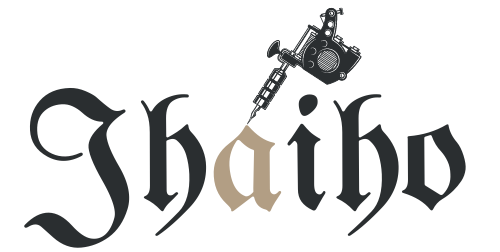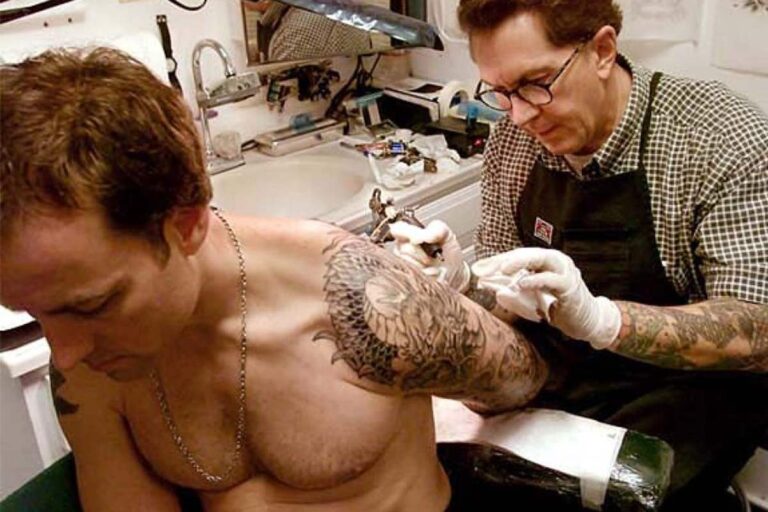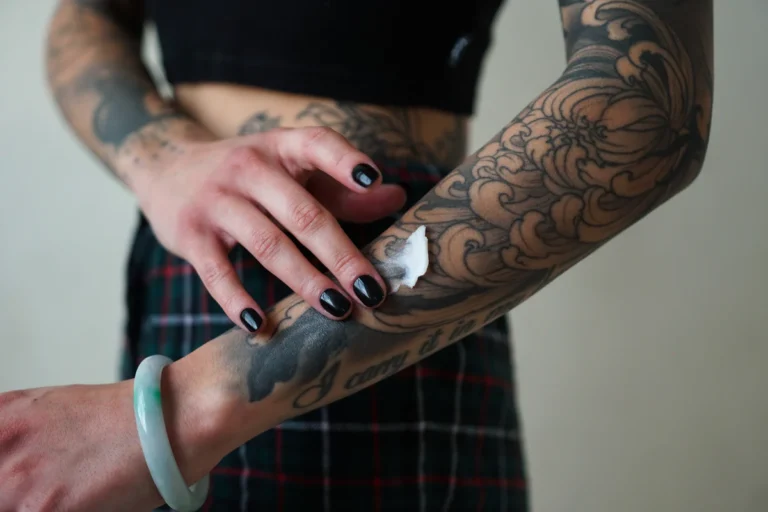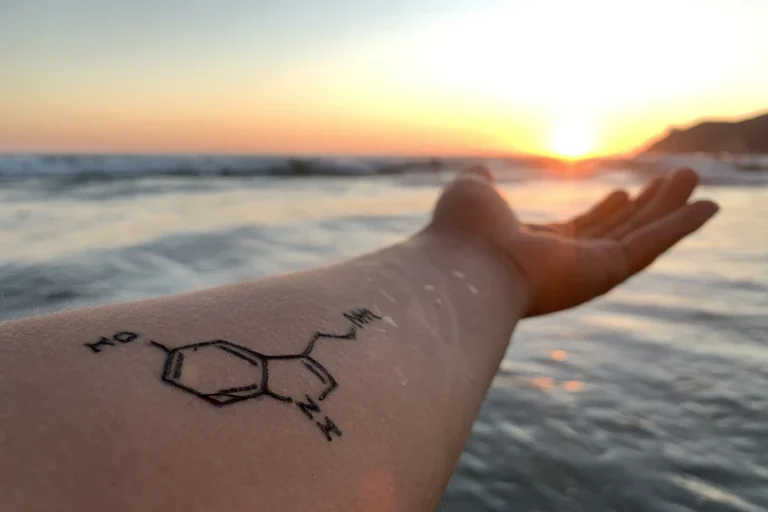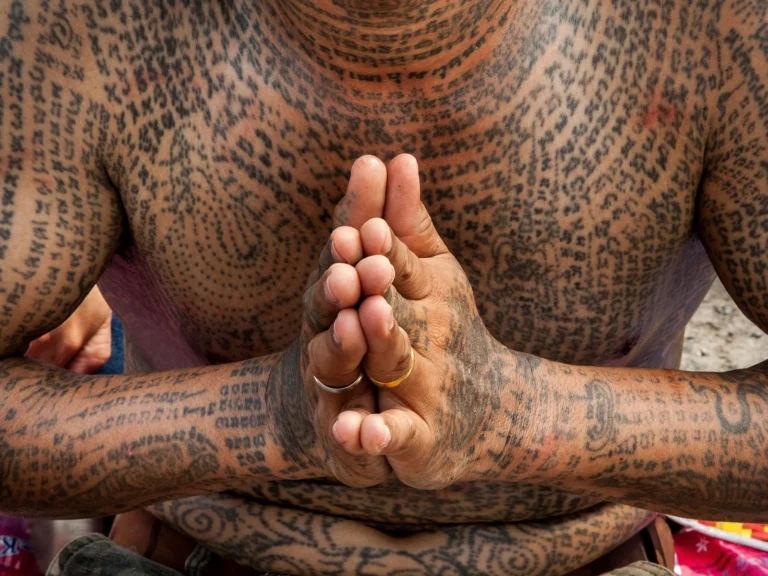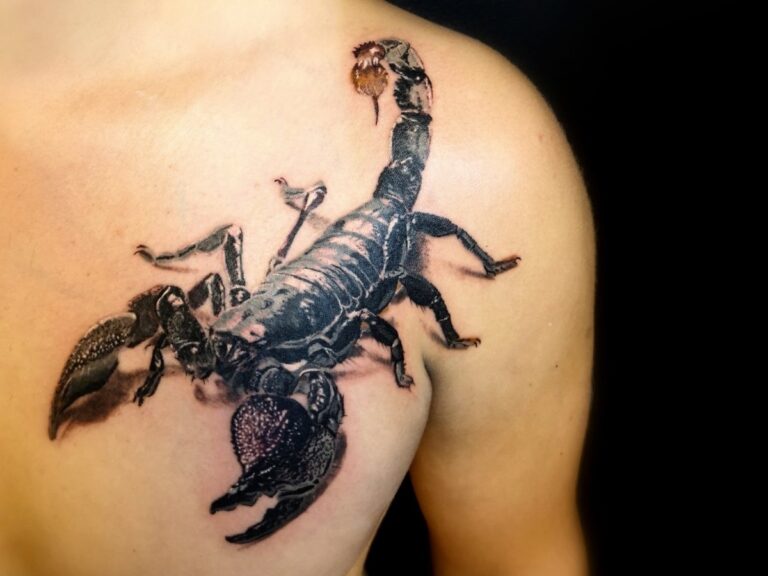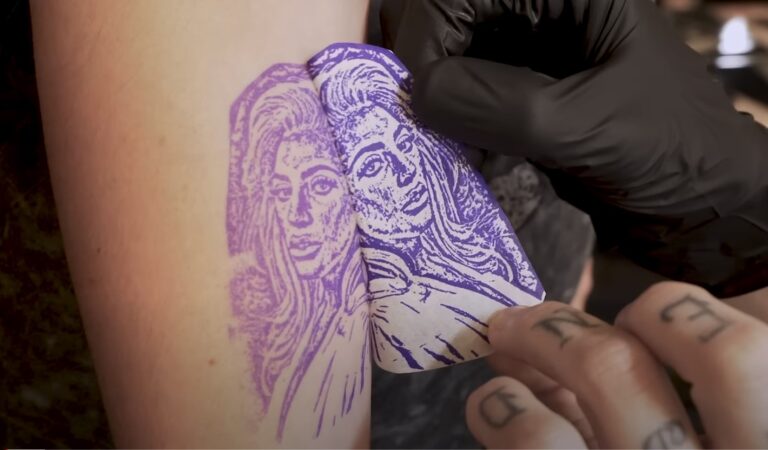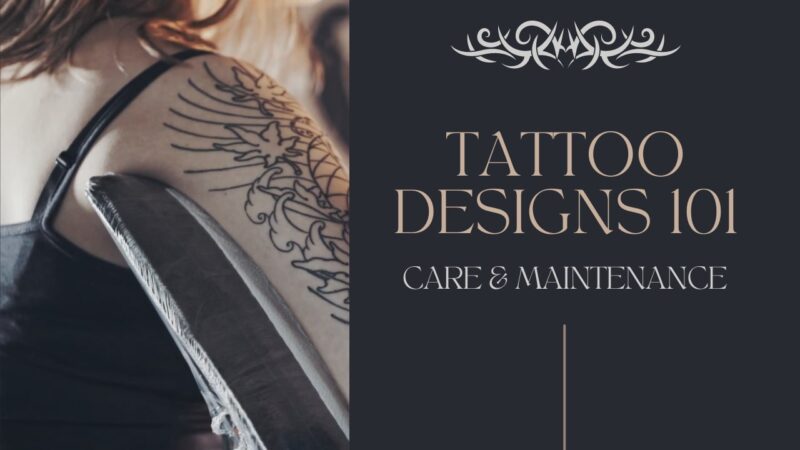The popularity of tattoos has grown exponentially in the last decade. It is a medium of self-expression. It gives individuals a platform to express their opinions, to hold onto a memory, or just improve their self-esteem.
Tattoos can be minimalistic or they could also be a whole sleeve- there is no right or wrong. The main reason for its popularity has been its growing acceptance in society. In older times, they were deemed unprofessional and wrong in society.
However today, companies and families have started accepting tattoos and the stigma around it has fallen considerably.
Where Did Tattoos Originally Come From?
Tattoos have been a significant part of cultures all over the world. They had various functions- they symbolized love, status, signs of religious beliefs, adornments, and even punishments.
The earliest evidence of tattoos can be found on Egyptian mummies dated to 2000 B.C. On some mummies, tattoos were found near strain-induced joints and hence, it has been theorized that they were also seen as therapeutic in the Egyptian culture and were used to alleviate joint pains.
Egyptian tattoos were mostly found on women only, indicating that it was exclusively a female practice. They used simple sharp tools with wooden handles to make them permanent. In early times tattoos were mostly naturalistic and simple. They used dotted designs, diamond patterns, and figurines to depict situations.
A dark pigment such as soot was used to prick into the skin. In other Western cultures, there has been evidence that brighter pigments were also used to form colorful tattoos.
In Roman and Greek cultures, they were called ‘stigmata’ and used to mark a form of belonging- to a religious group, social group, or even to an individual. It was also believed that they enhanced body features.
In South American cultures such as Mexico, Peru, and Chile, tattoos consisted of images of animals, textiles, deities, and pottery designs. Mexican variants such as the Kokopelli and Aztec (used to honor deities and differentiate between tribes).
While most cultures tattooed body parts such as abdomen, thighs, and arms, in Native America, they were exclusively found all over the face and neck. This is because it was believed that it prevented the skin from becoming wrinkled and maintained a youthful appearance.
It is interesting to see that in ancient cultures, tattoos were not just seen as an adornment, but as a form of identification. It was equivalent to a unique ID that organized tribes and communities into distinct groups.
For some people, tattoos form an integral part of their identity, It enhances confidence, self-esteem, and body image.
What is a Flash Design?
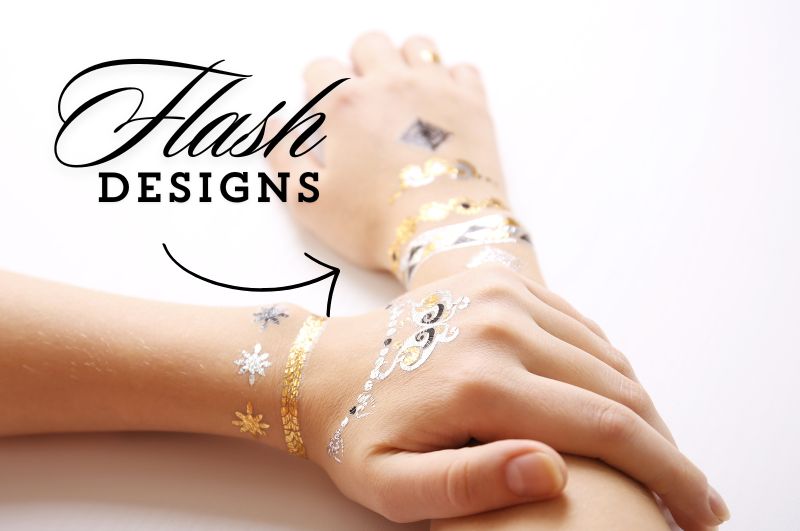
Flash tattoos are stenciled and can be readied and applied immediately. The artist has ready-made designs on cardboard pieces or a sheet of pieces and then the same outline is tattooed on the desired body part.
This originated in the western culture during a period when tattoos were considered to be too risque and weren’t generally accepted in society. Tattooists were not allowed to set up shop and hence, resorted to sneaking into bars and pool halls to make them for people.
Since the tattooists were prone to checks and police raids, they moved around with suitcases with readymade tattoo stencils. Flash designs are still prominent in American tattooing today.
Tattooists use these as a reference to more intricate designs. The popularity of custom has soared in recent times but people still like to opt for classic flash tattoos.
If you have health risks such as sensitive skin, allergies to ink, or other skin conditions, it is advisable to consult a dermatologist before getting a permanent tattoo.
Flash tattoo sheets also serve as a source of inspiration for people looking to get one. Traditional flash art includes:
- Ships
- Flower
- Dagger
- Roses
- Skulls
- Snakes
In the 1900s, tattooists would often trade their flash tattoo sheets with each other at shows and events, forming a whole new market for flash tattoo sheets.
By the early 2000s, tattooists were not only trading but were also copywriting their flash tattoo sheets, making tattoo parlors highly competitive. While flash tattoos cannot be customized, at the end of the day it depends on your tattooists!
What’s New in Designs?
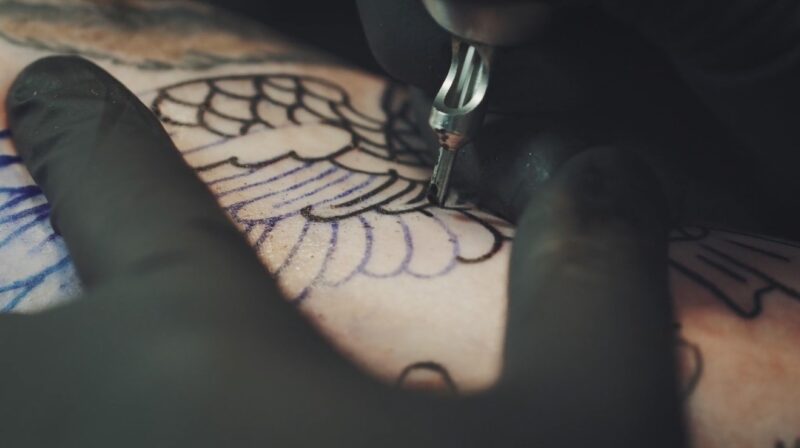
Tattoos, much like clothing and footwear, are subject to ever-evolving trends and preferences. In the 20th century, tattoo options were fairly limited, and customers typically had to choose from pre-designed flash tattoos.
Today, thanks to the adaptability, skill, and expertise of modern tattoo artists, tattoos have become a powerful form of self-expression.
Minimalistic Tattoos
One of the newest and most popular trends is minimalistic tattoos. These designs may be small, but they can hold significant meaning for the individual.
They are simple to design and can be placed on any part of the body. Their elegance and chic appearance make them a favorite among those looking for a subtle yet meaningful piece of body art.
Psychedelic Tattoos
Psychedelic tattoos are characterized by bold black outlines filled with vibrant colors. These eye-catching designs often feature intricate patterns and vivid imagery, making them stand out.
Floral Tattoos
Floral tattoos are making a strong comeback. These designs can range from simple black outlines to elaborate, colorful arrangements.
Complementing floral designs often include butterflies or birds, adding to their aesthetic appeal. Whether in monochrome or full color, floral tattoos offer a timeless elegance that appeals to many.
Symmetrical Designs
Symmetrical tattoos have garnered significant attention recently. These designs are aesthetically pleasing and do not necessarily need to have a deep meaning behind them. The balance and harmony in symmetrical tattoos make them visually attractive and versatile.
Statement Tattoos
Perhaps the biggest trend currently is statement tattoos. These large pieces often cover an entire body part and are designed to make a bold impression.
While statement tattoos have been around for a while, they are gaining popularity due to celebrity endorsements and their striking aesthetics. These tattoos are typically vibrantly colored and visually compelling, making a strong personal statement.
3D Tattoos
Advancements in tattooing skills and technology have led to the rise of 3D tattoos. These tattoos create a realistic, three-dimensional effect, making them appear more lifelike and aesthetically impressive.
3D tattoos are especially popular for intricate designs like gothic, Medusa, or geisha tattoos, as the 3D effect enhances the details and depth of these complex images.
Tattoo Designs to Hide Scars
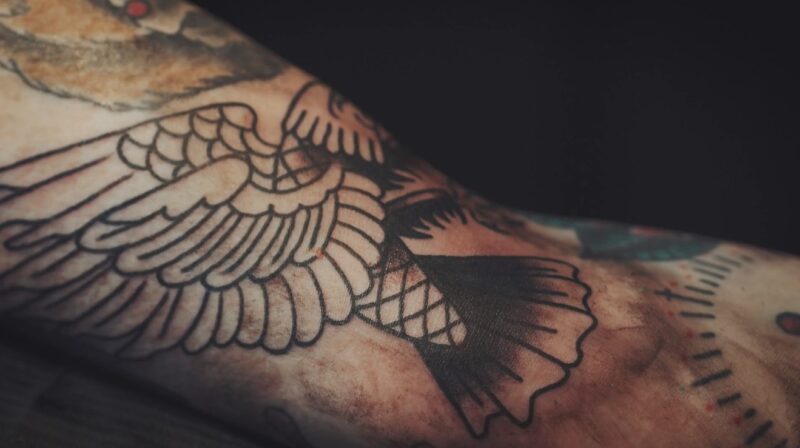
Scars are symbolic of strength and courage. For some people, scars remind them of a traumatic life experience or a low point in life. Some people embrace their scars while some choose to hide them. Either choice is completely okay!
Some can completely cover up their scars using vibrant colors and intricate tattoo designs. The go-to cover-up designs are floral. Getting colorful flowers tattooed over the scar doesn’t only perfectly hide the scare but also looks beautiful.
Other tattoo design ideas include getting an animal or quote tattoos over the scar. The animal can be filled with black ink.
Having an ideation session with the tattooist can prove to be beneficial in this situation since every scar is unique and so, tattooists would need to need to come up with a design that flawlessly covers up scars.
The size would directly depend on the shape and size of the scar. Before getting a scar covered, consult with your doctor since scars are essentially damaged tissue, and tattooing on a recent scar can be painful and harmful.
Hence, make sure you get a green signal from your doctor first! You can go beyond animals and floral tattoos and opt for simplistic symmetric or abstract designs.
Overall, wearing your scar with pride or covering it up with a creative and grand tattoo design, both are empowering.
Designs to Cover Old Tattoos
Tattoo experiences can vary widely, and it’s not uncommon to have a tattoo that no longer suits your tastes or expectations. Perhaps you had a clear vision of your design, but the final result was disappointing. Or maybe you loved it initially but found that it no longer resonates with you over time.
Given the permanent nature of tattoos, it’s natural to feel a sense of regret. However, there’s no need to worry.
One practical solution is to cover up your old tattoo with a new one. While removal is an option, it can be very costly. As a result, many people choose to cover up their old tattoos with a fresh design instead.
There is absolutely no shame in opting for a cover-up. Tattoos are a form of self-expression, and just as we outgrow clothes or hobbies, it’s perfectly normal to outgrow a tattoo. So, how can you effectively cover up an old tattoo?
Simple Additions
In some cases, covering up an old tattoo can be as simple as adding a few new lines or colors. For example, transforming a butterfly tattoo into a bird tattoo. These minor adjustments can breathe new life into an old design, making it feel fresh and relevant again.
Radical Changes
If you’re looking to significantly alter the original tattoo with a much larger design, you’ll need to carefully plan a design that seamlessly conceals the old tattoo. This might involve changing a quote or phrase into an intricate animal or skull design.
The new design should be thoughtfully crafted to integrate and overshadow the old one, ensuring that the previous tattoo is no longer visible.
Considerations for Colored Tattoos
Covering colored tattoos can be more challenging than black or gray ones because finding a design that complements the existing color scheme can be tricky. The new tattoo must incorporate colors that either blend with or completely mask the existing ones.
It often requires a higher level of skill and creativity from the tattoo artist to ensure a cohesive and attractive result.
Key Requirements for a Successful Cover-Up
A key requirement for a successful cover-up is that the new tattoo must be darker than the old one. This ensures that there is no overlapping, and the new tattoo does not explicitly appear as though it is covering an older one. Darker inks are more effective at masking old designs, providing a clean slate for the new artwork.
Choosing the Right Design and Artist
When considering a cover-up, it’s crucial to consult with a skilled and experienced tattoo artist. They can provide valuable insights and suggestions based on the specifics of your old tattoo and your desired new design.
The artist’s expertise will help in selecting a design that not only covers the old tattoo effectively but also enhances your overall aesthetic.
